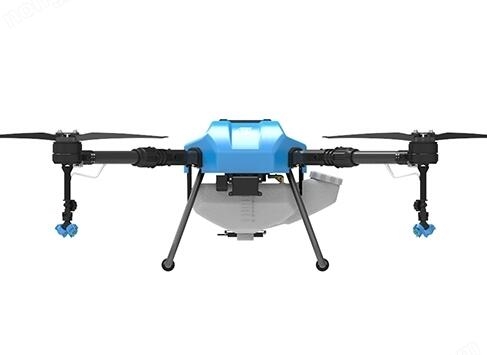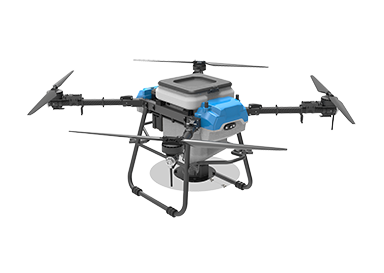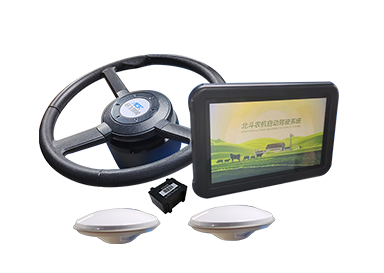
Tips for using agricultural drones
Agricultural drones are advanced agricultural technology equipment, capable of providing effective plant protection services for crops.
Here are some tips for using agricultural drones:
Pre-flight Preparation: Before flying, check the drone's battery level, motor, controller, and other components to ensure they are functioning properly. Also, inspect the spraying system to make sure the drone can spray normally.
Set Appropriate Flight Height and Speed: The height and speed of the flight significantly impact plant protection effectiveness. Generally, the flight height should be within the range of the crop's height, and the flight speed should be reasonably set according to the actual situation.
Master Spraying Techniques: Spraying requires certain techniques, including the choice of nozzles, adjustment of spraying pressure, and control of flight direction. Only by mastering the correct spraying techniques can the effectiveness of plant protection be ensured.

Pay Attention to Flight Safety: Be cautious of obstacles during flight, and be aware of the surrounding environment to avoid flying in adverse weather conditions like wind or rain.
Regular Maintenance and Upkeep: Regular maintenance is necessary, including cleaning the drone, checking battery levels, and replacing nozzles. Proper maintenance ensures the longevity and effectiveness of the drone.
Compliance with Regulations: Adhere to relevant laws and regulations, including restrictions on flight height and airspace applications. Compliance ensures the legal use of the drone.
Effective use of agricultural drones requires mastery of certain skills and attention to details. Proper preparation, maintenance, and compliance with regulations are essential for ensuring the effectiveness of plant protection and flight safety. It's also crucial to follow legal and regulatory guidelines to ensure lawful operation of the drone.






















 浙公网安备 33019202000647号
浙公网安备 33019202000647号
